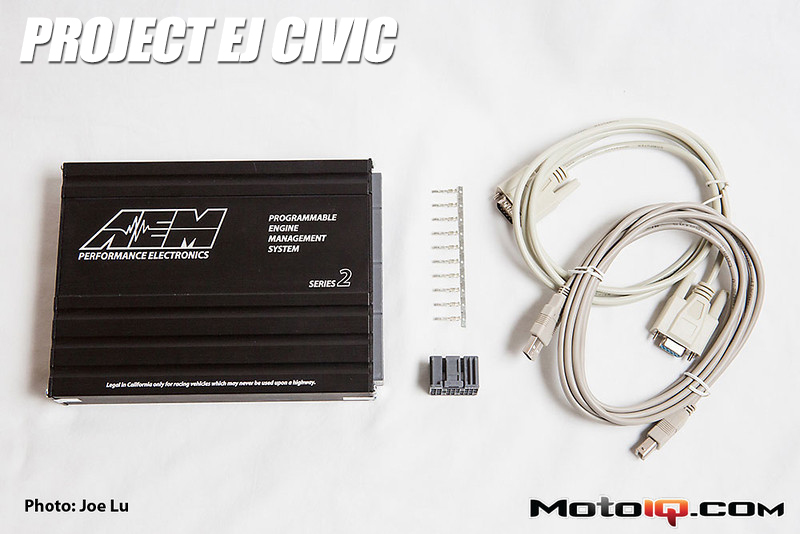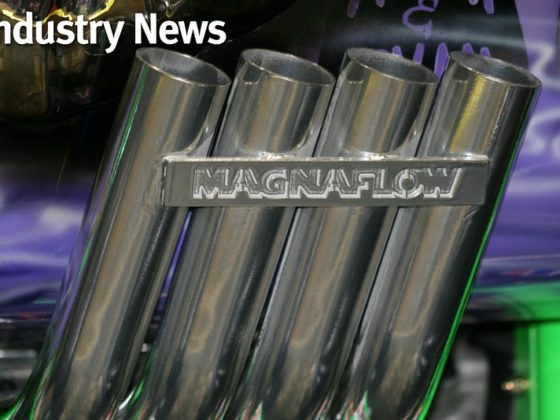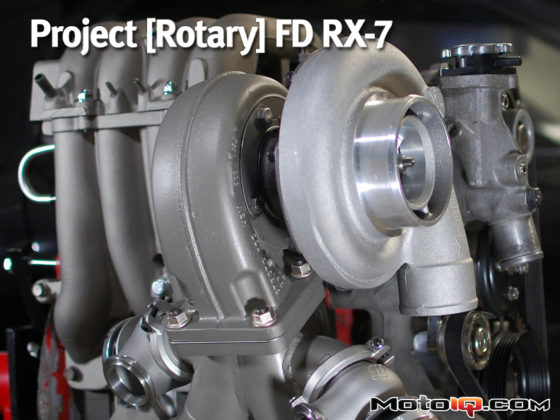Plugging and Playing with AEM's Series 2 ECM and B-Series Coil on Plug Kit
By Joe Popovits
If you're up to speed on the Project Civic EJ series, then you're familiar with its rather unique engine built by MotoIQ editor Chuck Johnson. In short, Project Civic EJ's compression ratio has been increased through a set of JE Pistons and its rod ratio improved through the use of K1 Technologies connecting rods originally intended for a Nissan QR25DE. A gambit of additional modifications were also performed to the cylinder head as well as the intake and exhaust system. If you're not up to speed on the build, be sure to get up to caught up here at the Project Honda Civic EJ's summary page.

It's clear that Project Honda Civic EJ's B18C1 has been significantly re-engineered to quickly power the popular Honda chassis around the track. Now, if only we had something awesome enough to control this mechanical masterpiece… Oh wait, we totally do! The AEM Series 2 plug and play ECM.
 It was apparent that our built B18C1 had outgrown the factory Honda engine control unit (ECU).
It was apparent that our built B18C1 had outgrown the factory Honda engine control unit (ECU).The factory Honda ECU simply was not capable of adjusting its tune enough to run the engine correctly. Typically in cars of this generation, the factory ECU will have one main fuel map which will trim approximately 5% fuel in closed loop. During closed loop, the ECU looks at the O2 sensor for feedback of the air fuel mixture and as a result, adds or subtracts small amounts of fuel. This trimming of fuel is continuously occurring during the engine's operation in closed loop.
On the flipside, during wide open throttle (WOT) the ECU moves to open loop and ignores any trims to the main fuel map. One of the reasons you can get away with making a bit more power with a stock ECU is because the default WOT map is conservatively tuned with a slightly rich mixture.

When modifying an engine, you essentially increase its efficiency as an air pump. However, two more ingredients are needed to complement that efficiency and make more power. These two ingredients are additional fuel and proper ignition timing.
Since the factory ECU can only make small adjustments in fuel and timing, it often becomes a menacing roadblock for many people which ultimately discourages further engine modification. Chances are if you're reading this, you're like us and wouldn't stop there. Fortunately, we have AEM to help get us over the engine management hurdle.
 If our long rod, high compression engine is the heart of Project Civic EJ, then the ECU is certainly the brain. With the plug and play nature of AEM Series 2 EMS, the decision was a no-brainer.
If our long rod, high compression engine is the heart of Project Civic EJ, then the ECU is certainly the brain. With the plug and play nature of AEM Series 2 EMS, the decision was a no-brainer.Many piggy back type options exist for supplying the engine with more fuel while keeping the stock ECU, but none of these devices compare with the Series 2 EMS's ability to fully control the engine. In all fairness, these alternatives may be just the ticket for your application; they're cheap, readily available, and easy to install and remove.





3 comments
What about California emissions testing? Will it still pass inspection with the AEM EMS?
Nothing will pass California Emissions unless it has a CARB EO so no.
Hi I am looking for 1995 ls400 ECU replacement and upgrade cop as well. so my question is is any aem 2 can match with V8 engine with A/T. Plug to plug or I can readjust wiring harness. But I need something which reliable and not too expensive modification. But able to pass Federal emission test.
I am looking forward to get your response sooner.
Thank you